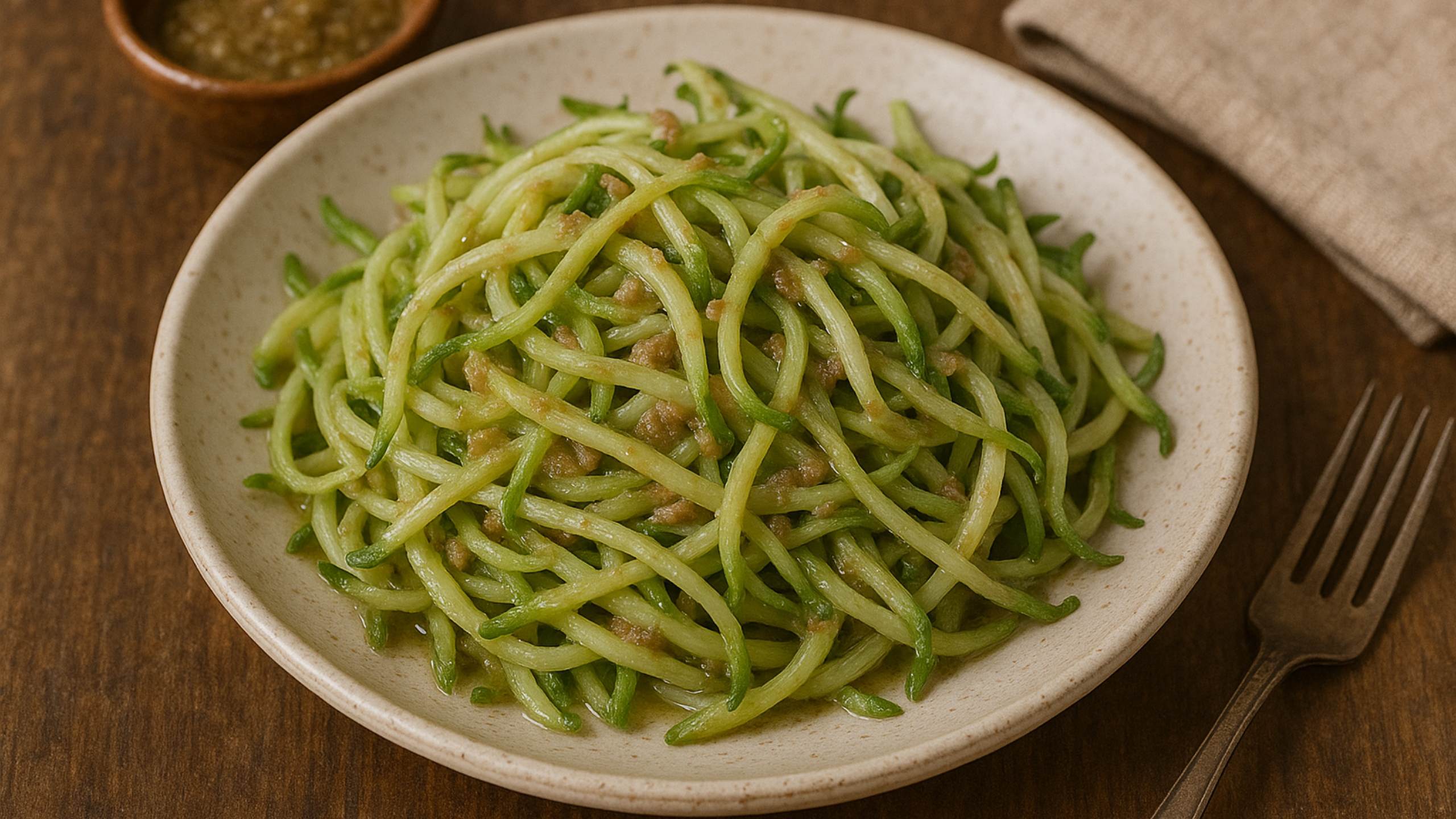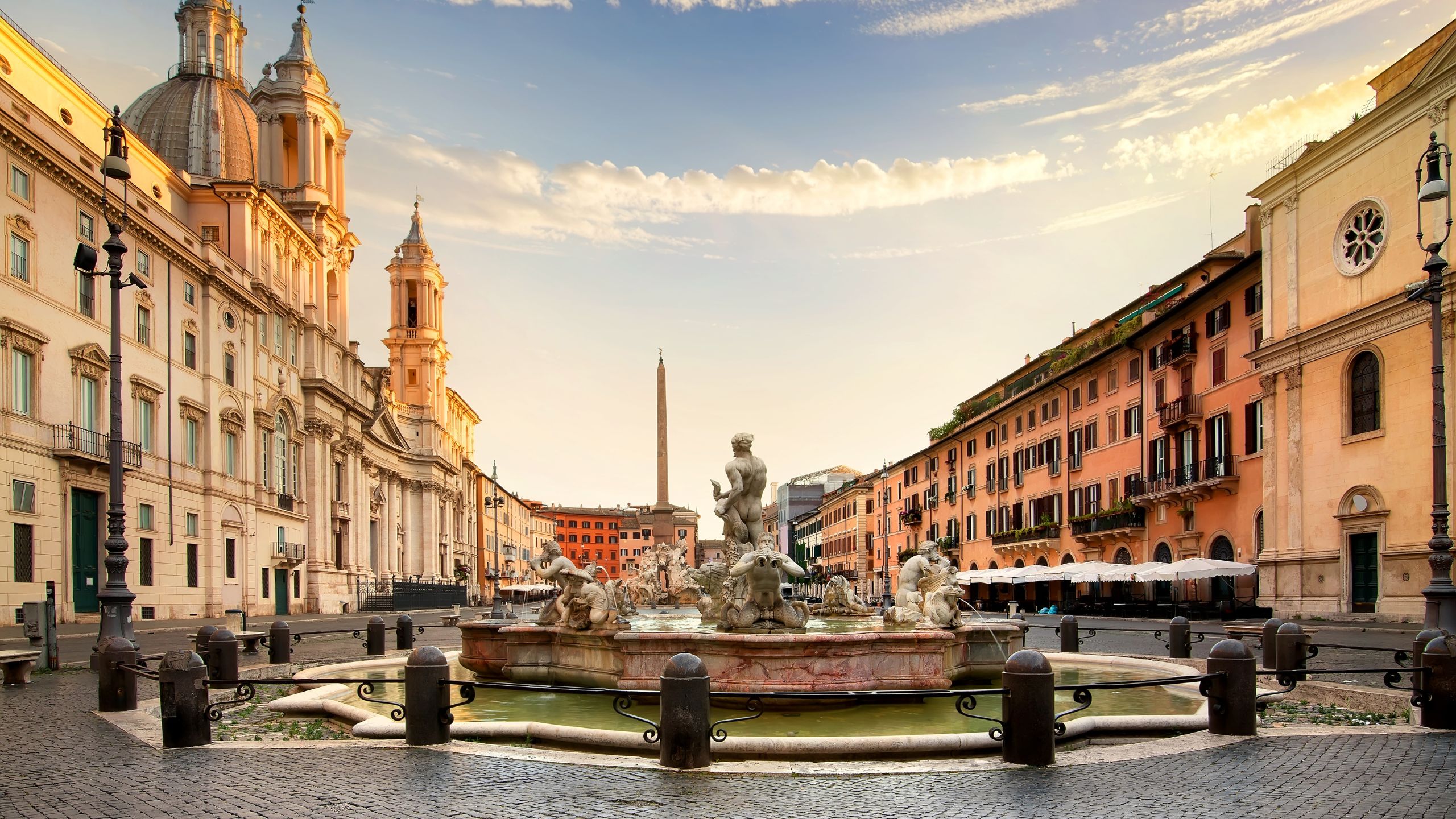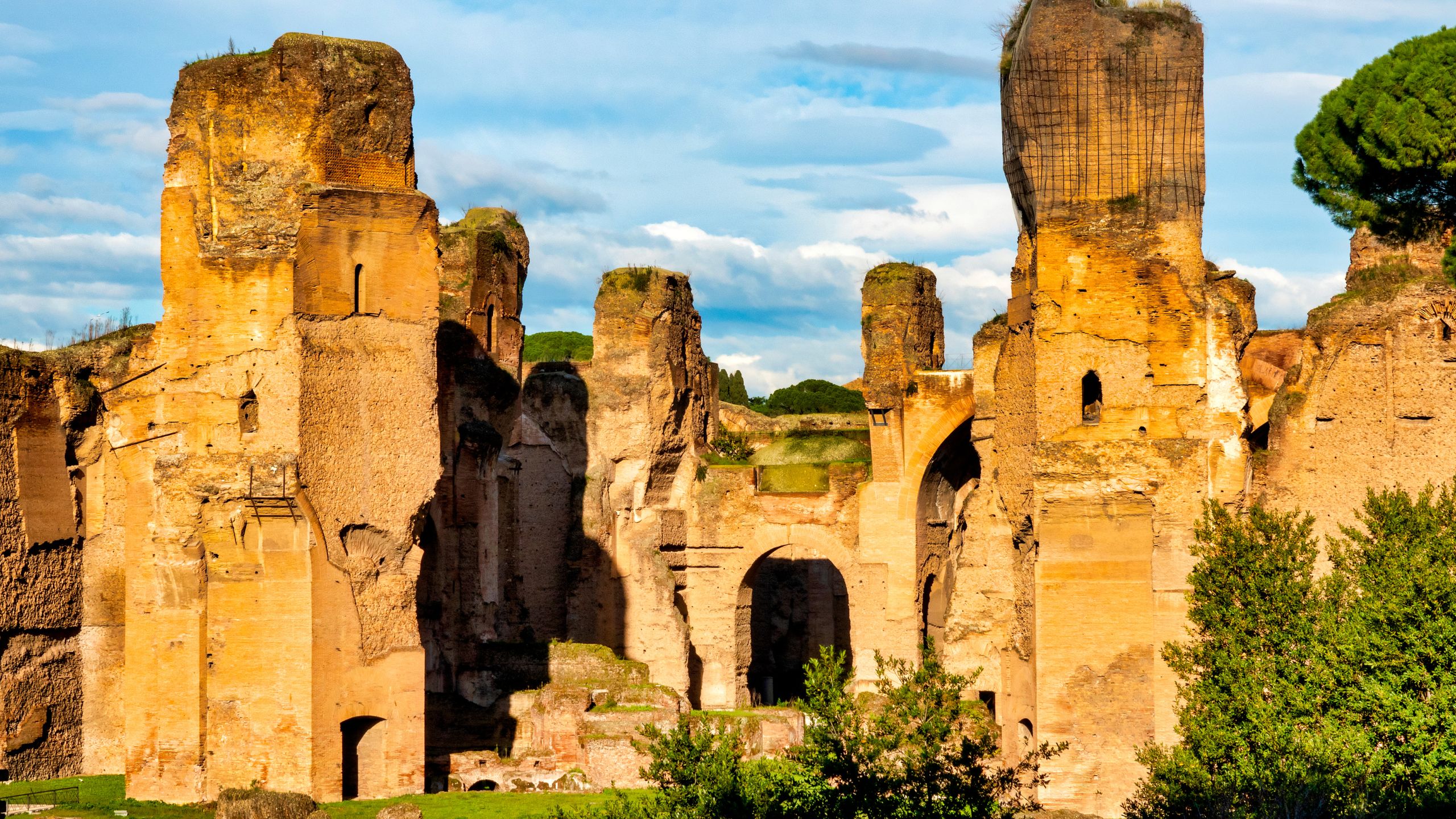Rome in the kitchen: The ancient roots of traditional Roman cuisine
Roman cuisine is a culinary treasure reflecting the rich history of the Capital, intertwining millennia-old traditions with contemporary innovation. This mosaic of flavors, rooted in the ancient Roman Empire, takes us on a culinary journey rediscovering the ancient gastronomic traditions that have shaped Rome's culinary scene.
Between History and Tradition
During the Roman Empire, food was a daily celebration of life and prosperity, expanding to facilitate cultural and commercial exchanges, introducing ingredients and cooking techniques from distant regions.
In addition to cereals as the dietary staple, ingredients such as olives, olive oil, wine, and wheat arrived from places like Spain, Greece, and North Africa, enriching the Roman table. Aromatic herbs like mint, coriander, parsley, and thyme, along with spices such as black pepper, cumin, and cinnamon, created a rich and varied taste palette.
The sea provided a diet abundant in fish and seafood, with the famous "Garum," a sauce made from fermented fish, used as a distinctive condiment. Banquets were a significant element of Roman life, with street vendors enlivening the streets by offering fresh and on-the-spot prepared foods during celebrations and social events.
What Remains Today?
An important reference for Roman cuisine from that time that has reached us is "Apicius." Attributed to Marcus Gavius Apicius, it is an ancient cookbook from the 1st century AD that provides an overview of classical Roman cuisine. Elaborate recipes and the use of ingredients such as honey, nuts, and spices testify to the culinary sophistication of the time. Roman cuisine embraces seasonality, respecting the natural rhythm of products, while modern chefs reinterpret classic dishes in a contemporary light. Local ingredients such as olive oil and pecorino cheeses maintain a direct connection with the history of Rome. Iconic dishes like "Cacio e Pepe" and "Carbonara" embody the continuity of gastronomic traditions, while pasta persists as the undisputed star of Roman tables. Aromatic herbs, spices, and the culture of food markets and street food add authenticity to the culinary scene.
The Union of Past and Present
Contemporary Roman cuisine is evidence of how ancient roots have merged with innovation. This union of past and present makes Roman cuisine a unique experience, capable of delighting the palate with the history and innovation that characterize this fascinating gastronomic tradition. Rome, with its cuisine, continues to be an open invitation to explore its history through taste.




